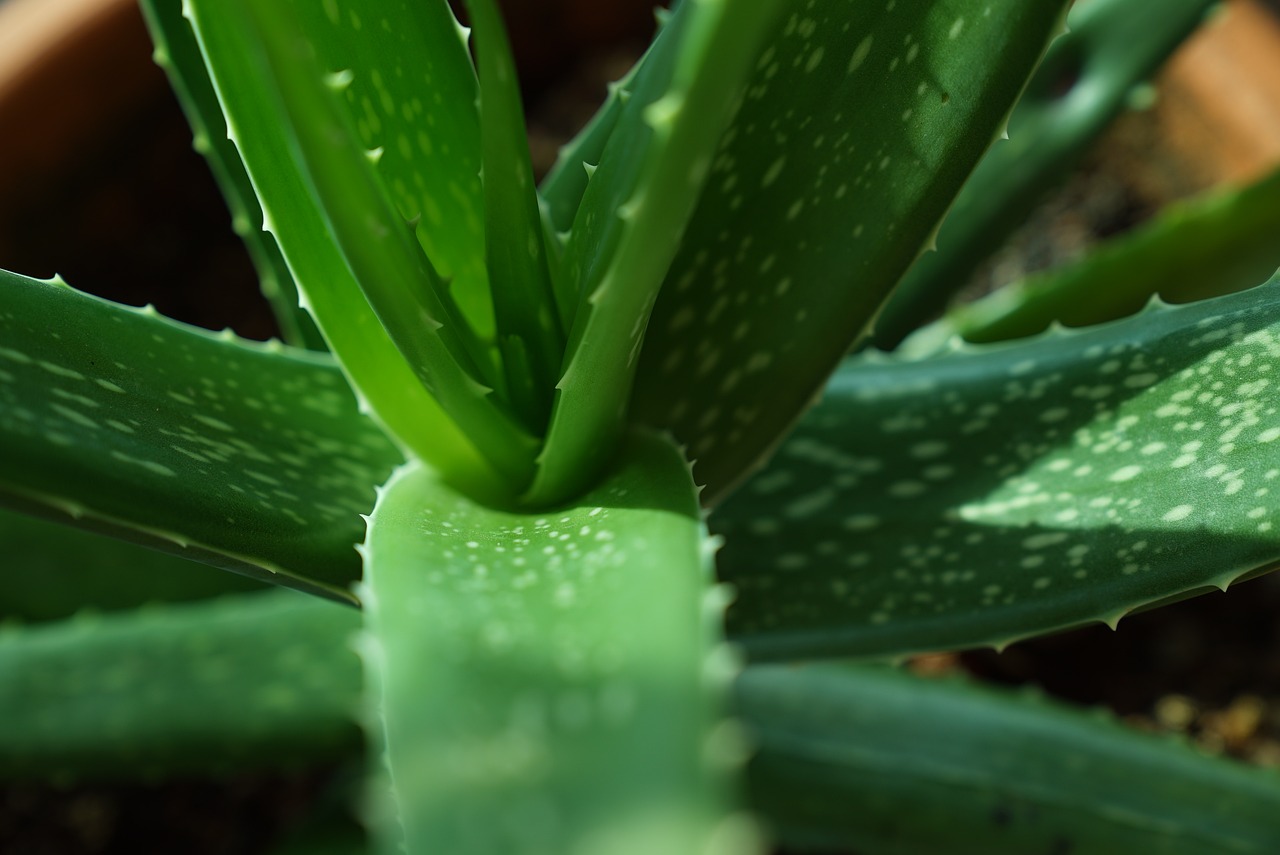Aloe vera is a hardy, easy-to-care-for succulent that offers numerous benefits, from natural skin healing to air purification. However, even this low-maintenance plant can sometimes run into issues, such as drooping leaves. When this occurs, it’s natural to wonder: why is my aloe plant drooping? Understanding the root causes and knowing how to address them can help ensure the longevity and health of your aloe plant.
If your aloe plant is drooping, it could be due to a range of factors including water stress (either too much or too little), poor soil quality, inadequate light, temperature stress, or even disease. Identifying the specific cause and implementing appropriate solutions can help revive your drooping aloe plant.
What Role Does Overwatering Play?
Overwatering is one of the most common reasons why aloe plants droop. Aloe vera is a succulent, which means it stores water in its leaves. Overwatering can lead to root rot, depriving the plant of the oxygen it needs for survival.
If the leaves appear swollen, transparent, or mushy, overwatering is likely the culprit. The first step is to halt watering immediately. If root rot has set in, you may need to repot the plant, removing any rotted roots and using well-draining soil.
Could Underwatering Also Be the Issue?
On the flip side, insufficient watering can also make your aloe plant droop. Although aloe vera is drought-resistant, it still requires water to thrive. Underwatered aloe leaves might appear thin, curled, or dry.
If you suspect underwatering, assess the soil. If it feels bone dry, give the plant a good soak, ensuring excess water can drain away easily. Establish a more consistent watering schedule, but always check the soil moisture first.
How Important Is Soil Quality?
Good soil quality is crucial for a healthy aloe plant. The soil should be well-draining to prevent water from sitting at the roots, which can cause rot. A sandy or gritty soil mix is ideal for aloe vera.
If you notice your aloe plant is drooping and suspect poor soil quality, consider repotting it. Opt for a cactus or succulent mix or make your own blend of potting soil, sand, and perlite or pumice. This will provide the aeration and drainage the plant needs.
Does Light Exposure Matter?
Yes, light exposure significantly impacts the health of your aloe plant. These plants prefer bright, indirect sunlight. Too little light can lead to weak, leggy growth and drooping leaves.
If your aloe plant isn’t getting enough light, consider relocating it to a brighter area or supplementing with artificial lighting. However, avoid direct afternoon sun, as it can scorch the leaves.
What About Temperature Stress?
Aloe vera prefers a temperature range between 55°F and 80°F. Extreme temperatures, either too hot or too cold, can stress the plant and cause it to droop.
If temperature is the issue, move the plant to a more appropriate location. During winter, keep it indoors or in a controlled environment. In hot summers, provide some shade to prevent leaf scorch.
Could Pests Be the Culprit?
Pests like aphids and spider mites can stress the plant and cause drooping. While aloe vera is generally resistant to pests, an infestation can still occur, particularly if the plant is already weakened.
For minor infestations, a gentle insecticidal soap may be enough. For severe cases, you may need to resort to chemical insecticides. Always read and follow the manufacturer’s guidelines when applying pesticides.
What About Disease?
Diseases such as root rot, fungal infections, or bacterial diseases can cause your aloe plant to droop. Visible signs could include discoloration, spots on the leaves, or a foul smell emanating from the soil.
If you suspect a disease, isolate the plant to prevent spread. Remove affected parts and treat with an appropriate fungicide or bactericide. Repotting in sterile soil may also be necessary.
Can Nutrient Imbalance Affect My Aloe Plant?
A nutrient imbalance, whether a deficiency or excess, can impact the health of your aloe plant. However, aloe vera generally needs minimal fertilization.
If the leaves are discolored or growth seems stunted, consider a balanced, diluted fertilizer. Be cautious not to over-fertilize, as this can lead to nutrient imbalances that could exacerbate the drooping.
Is Repotting Stress a Factor?
Repotting can stress a plant, causing it to droop temporarily. If you’ve recently repotted your aloe, give it some time to adjust to its new environment.
Ensure you’ve used well-draining soil and a pot with drainage holes. Limit other stressors like fertilizing or drastic changes in light or temperature until the plant has fully acclimated.
Should I Be Concerned About Old Age?
Like all living things, aloe plants have a life cycle. A mature plant slowing down and showing signs of aging, like drooping leaves, may be entirely natural.
If your aloe is several years old and has been prolific in producing offsets, drooping may simply indicate it’s reached maturity. Continue good care practices, but accept that old age might be a contributing factor.
Conclusion: Why Is My Aloe Plant Drooping?
If you’re wondering why is my aloe plant drooping, the causes can range from water issues and soil quality to light, temperature, and even pests or diseases. Identifying the specific reason behind the droop can help you take corrective measures to ensure your aloe plant returns to its vibrant, healthy state. Whether you’re dealing with overwatering, poor soil, or even just the natural aging process, knowing how to address the problem effectively is key to a happy, healthy aloe plant.


